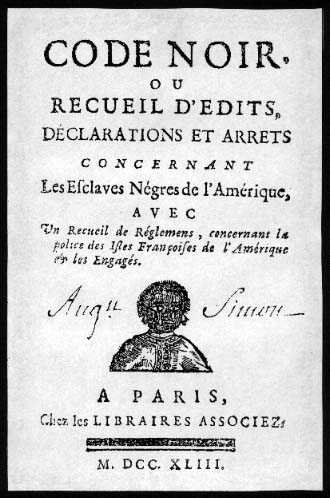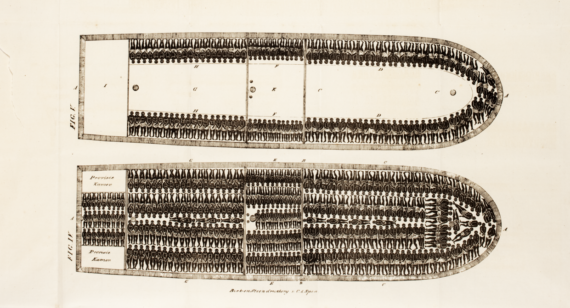The darker side to Bordeaux: France and the slave trade – from past to present

Although not in the same notorious league as Liverpool (by far the largest slave trading port), French ships transported 1,381,000 Africans to the New World during the course of the transatlantic trade from the sixteenth to the nineteenth centuries.
The city’s Musée d’Aquitaine explains this terrible history in greater detail.
But first, here’s a bit of Background on Bordeaux…
Bordeaux: a bit of background
Bordeaux is situated on the Gironde estuary at the confluence of the Dordogne and Garonne rivers. It is at the heart of the biggest wine producing area in the world and is France’s undisputed wine capital; au cœur du vignoble le plus renommé au monde.
It is also home to the world’s premium wine fair, Vinexpo. But beware: expect to pay around USD 2,700 for a bottle of 2005 Château Pétrus.
Bordeaux is also a beautiful and exciting tourist destination with lots for visitors to see and do. After Paris, the city has the highest number of protected historical buildings of any city in France. Almost two thousand hectares are classified by UNESCO as a World Heritage Site.
The new tramway system is modern, efficient, regular and a dream to use. It will take you from the Tourist Office to the wonderful new Cité du Vin for a few Euros in a few minutes.
So, what about the slave trade?
Horror & humiliation: the slave trade explained
There were three stages in the lucrative Trade Triangle:
- Sailing to Africa: ships from Bordeaux and other European ports sailed to Africa loaded with weapons, textiles, alcohol, and beads, to exchange for slaves.
- The crossing of the Atlantic: the ships transported African slaves to America and the Caribbean where slavers bought them.
- The return to Europe: finally, the slavers brought back agricultural products and raw materials produced by the slaves in the New World—precious metals, sugar, cotton, coffee, and, tobacco.
The triangular voyage took approximately eighteen months, and the removal of the ship’s steerage ensured that the maximum number of slaves could be shipped. The slavers chained men, women, and children together below deck in abominable conditions with minimal rations.
 In 1685, the ‘Code Noir’ was passed by Louis XIV concernant les esclaves nègres de l’Amérique. It consists of 60 articles defining slave conditions in French colonies and detailing some horrendous punishments.
In 1685, the ‘Code Noir’ was passed by Louis XIV concernant les esclaves nègres de l’Amérique. It consists of 60 articles defining slave conditions in French colonies and detailing some horrendous punishments.
Here are just a few:
- Fugitive slaves absent for a month would be branded and their ears would be cut off.
- The punishment for a two-month abscondment was the cutting of the hamstrings. A third absence meant death.
- Owners could chain and beat slaves—but not torture or mutilate them
- Any owner who falsely accused a slave of a crime and put the slave to death would receive a fine.
Early civilization: the slave trade through the ages
Historically slaves have formed part of every early civilization one can think of. Slaves built the pyramids, as well as the Great Wall of China. However, the slave trade undoubtedly pre-dated these structures and some experts point to Neolithic times.
Slavery was endemic in Greek, Roman, and Mesopotamian cultures, as well as numerous others throughout South and Central America, and the Middle and Far East.
Although the US went to war with the North African Barbary States to curtail slave raids in the nineteenth century, George Washington, Thomas Jefferson, and Ulysses S. Grant are amongst the twelve American Presidents who owned slaves.
In addition, the serfs of the Middle Ages were slaves in all but name. In fact, working conditions of the industrial revolution were hardly different from that of slavery.
The modern world: slavery today
In Australia, ‘blackbirding’ was common in the Queensland cane fields right up to the early twentieth century, and slave labour was used in the Nazi concentration camps of WWII.
But before we slip into a ‘thank goodness all that’s a thing of the past’ complacency, let’s consider this first:
- There are more slaves today than there were from Africa in three centuries of the trans-Atlantic slave trade
- In 2017, the UN International Labor Organization released a combined global study indicating that 40 million people are trapped in modern forms of slavery worldwide
- 50 percent are in forced labor, 37.5 percent in forced marriage slavery, and 12.5 percent in sex slavery
- The French government estimates that the majority of women—and a “significant number of children”—in France’s commercial sex trade are forced into prostitution
In conclusion, these figures make the modern slave trade larger than all drug-trafficking worldwide, and above all, it destroys many more human lives.
Do you think that our politicians are doing enough to bring the slave trade to an end? What more do you think we could do to bring about change? Let us know your thoughts in the comments box below!
Image credits:
1. Bordeaux vineyard, via Wikipedia
2. Château Pétrus, via Wikipedia
3. Code Noir, via Wikipedia
4. Slave ship, via Wikipedia
5. Flag of ILO, via Wikipedia









